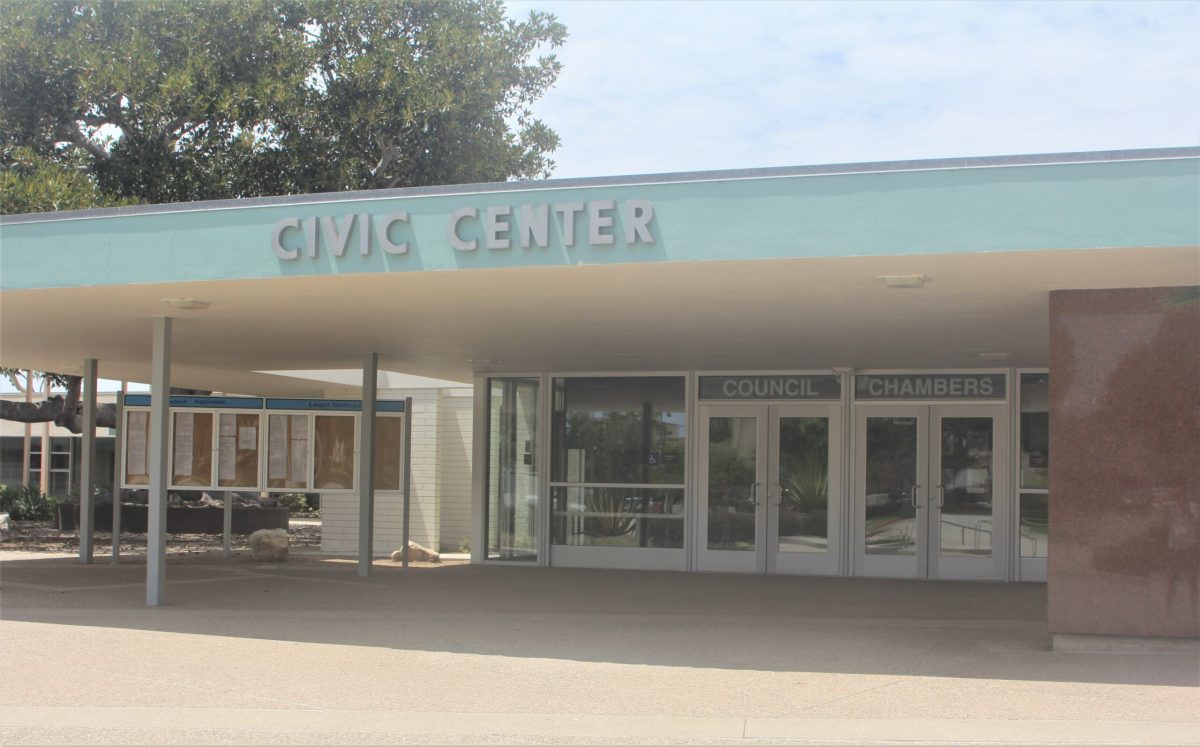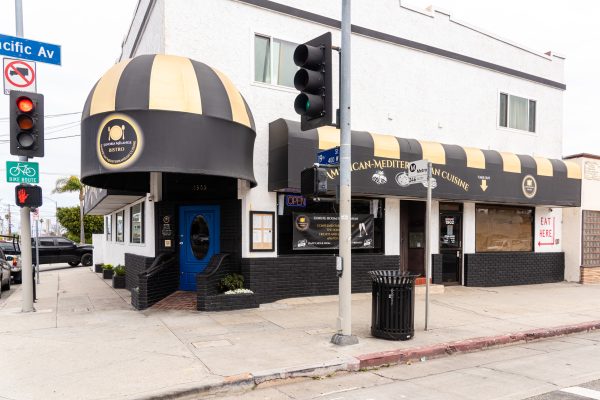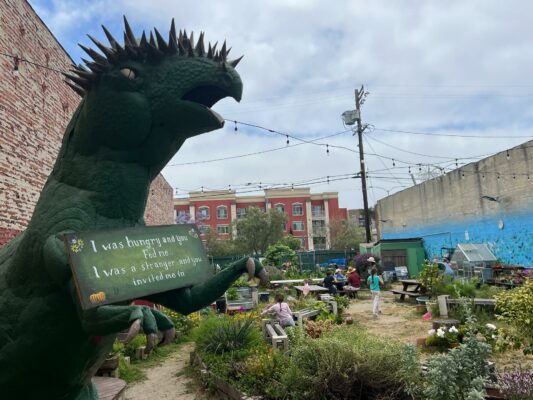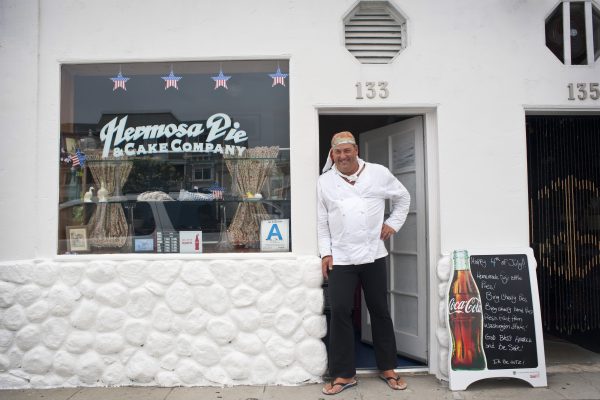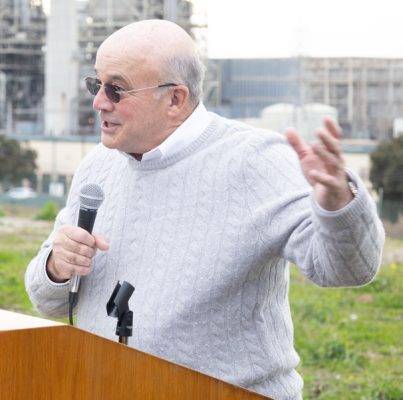by Garth Meyer
The Redondo Beach city council held the first of three public hearings on the General Plan Update Tuesday night, a seven years in the making revamp of the city’s “constitution.”
Tuesday focused on land use, much of it about one particular piece of land, the Beach Cities Health District Campus, for which the city planning commission has recommended a reduced allowable development size.
The city council meets again Oct. 15, and Oct. 29 before deciding on the General Plan Update, which then goes to voters for approval next March.
A General Plan Advisory Committee, appointed by the city council, has held 28 meetings since 2017 to create the Update, for which “Vision 2050” is the mission statement, looking to the next 25 years.
For the BCHD campus – the 11-acre site of the former South Bay Hospital – the planning commission sent its advisement to the council in September: to take the property from no Floor Area Ratio (F.A.R.) limit to a .5 F.A.R., meaning that development square footage may be half the square footage of the land.
The planners also recommended the city strengthen its objective identification of potentially historic buildings and resources.
Another recommendation was to ban future installation of artificial turf.
The commission called for an F.A.R. of .5 for all Public Institutional Property zones, except for city properties such as city hall, police headquarters and the police annex, which would have a F.A.R. of 1.25. For Artesia Boulevard, the commission recommended an uptick from .6 F.A.R. to 1.5, and a reduction for the Riviera Village parking lot. Industrial categories were selected for an increase.
“Tonight is really an informational only-type night. We’re not asking for action,” said city manager Mike Witzansky.
“I am very impressed with what the planning commission deliberations came up with,” said Mayor Jim Light.
Over the past eight years, Beach Cities Health District has put forth plans to build an assisted living complex, along with other features, in a public-private partnership, as part of turning its property into the “Healthy Living Campus.”
This would require a F.A.R. above 1.0 to be feasible, BCHD CEO Tom Bakaly has said. The campus’ current buildings add up to an F.A.R. of .77.
The district is now running a $30 million bond on the November 5 ballot, in part to pay for demolition of the property’s largest building, the 1960 former hospital.
Dency Nelson, a “grateful” user of BCHD services, from Hermosa Beach, told the city council, “It’s inexplicable why BCHD is being singled out.”
“This is a not-so-general plan,” said Bakaly, of the General Plan Update. “It’s currently consistent that there is no cap (in areas like the BCHD campus) “… I think there’s some confusion on the planning commission about public-private partnerships.”
He went to say that the public calls the shots in these arrangements.
“Let’s keep the General Plan general,” he said.
BCHD boardmember Vanessa Poster also spoke in public comment Tuesday.
“In the last few years, it seems this city no longer respects the BCHD,” she said. “… Reducing the F.A.R. is an insult to us.”
More pro-BCHD comment came from Dennis McClain, one of 3,500 members of the BCHD Center for Health and Fitness, located in the old hospital, who talked about “arbitrary, discriminating zoning.”
Jane Diehl, another BCHD boardmember, told the council that “42% of our revenue comes from leases on our campus.” “(We) use this income to provide mostly free services.”
Another commenter said the proposed Healthy Living Campus is “nothing like” the hospital project, for which the BCHD was formed in 1955 to construct. “It is just a commercial development… without residents’ approval.”
Marie Puterbaugh, a BCHD volunteer and Redondo resident spoke.
“I don’t want to be here. I wanted to watch the (vice-presidential) debate,” she told the council. “I don’t know why you guys aren’t celebrating Beach Cities Health District.”
She concluded by suggesting there is a need for more assisted living options in the area.
Greg Anderson, praised BCHD for the work it does, “much of it invisible,” he said.
Bob Pinzler, a GPAC member and former city councilmember, said the BCHD “threat comes from a place of fear; they would have to get their financial house in order.”
He cited Planning Commission chair Gail Hazeltine’s presentation on the F.A.R. matter.
“It’s not about (BCHD), it’s about other public properties that could be abused,” Pinzler said.
Kerianne Lawson, chief programs officer and 22-year BCHD employee spoke next.
“We’ve never had a structural deficit in our budget,” she said. “So when we’re coming to you saying we’re looking for creative solutions to restructure our property to fund the programming we all love and care about, we’re telling you the truth.”
“I don’t want to ruin the neighborhood, I don’t want to add needless density and traffic and stress to residents. I want to find a way through public-private partnership to create a facility we can all be proud of that benefits across the lifespan, youth to adults to older adults, and is a crown jewel with an open space in it so vital for the health of this community. These are the things we can do together.”
“Lots of hyperbole tonight,” said school board member Rolf Strutzenberg. “Nothing existing is being taken away.”
He noted that the recommendation was the “unanimous work of the planning commission,” for which F.A.R. for any zone or property could be changed by a specific ballot measure in the future.
City Clerk Eleanor Manzano tallied 73 public comments, saying “21 support (the .5), 44 oppose and two are neutral.”.
Councilman Zein Obagi, Jr., asked for a transcript of the (four-hour) Sept. 19 planning commission meeting.
“Nothing here’s set in stone,” said Councilman Nils Nehrenheim.
“There was not (a F.A.R.) before,” said Councilmember Paige Kaluderovic. “These are service-oriented properties, not market-driven.”
“(In) good urban planning, you look at the pluses and minuses. I didn’t hear any of the downsides to including the F.A.R. on these thoroughfares,” said Councilman Todd Loewenstein.
Marc Weiner, the city’s community development director, said that commerce drives the 1.5 number for Artesia Boulevard on that largely commercial strip.
The General Plan was last updated in 1992.
Tuesday night’s hearing continues in two weeks.
“That’s the introduction, we’ll be back,” Witzansky said. ER

